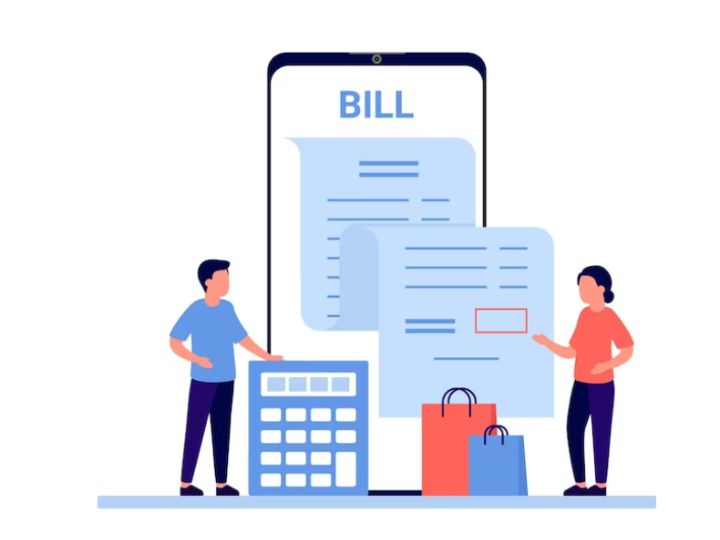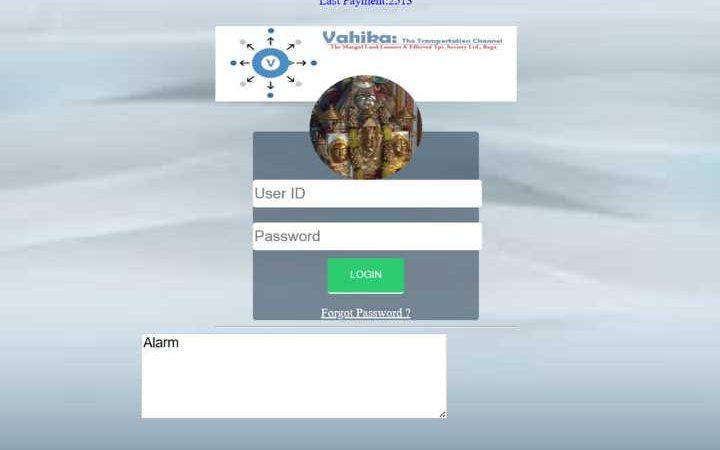Bill of Exchange: All you need to know


Documentation is an important aspect of an export-import business. Based on the requirements of the origin and destination country and the kind of products being exported, an exporter is expected to submit various documents that help in the seamless movement of goods. A Bill of Exchange is one such key document that works as a negotiable instrument in an import-export business.
What is a Bill of Exchange?
A Bill of Exchange is a vital document in shipping products from the origin country to the destination that includes bank details, time for payment, invoice for the buyer, etc. A Bill of Exchange works as a negotiable instrument in an export-import transaction. In cases where the Bill of Exchange is issued by the bank, it is called a bank draft. However, when it is issued by an individual, it is called a trade draft.
For instance, person A exported goods worth INR 100,000 to person B on credit for three months. A Bill of Exchange is drawn by person A for INR 100,000 which is payable after three months. Person B must accept this Bill of Exchange. Before the Bill of Exchange is accepted, it is called a draft. After it is accepted with the signature of person B, the draft becomes a Bill of Exchange.
Different types of Bill of Exchange
There are various types of Bills of Exchange. It is important to understand each one of them before a business selects the right one as per requirement. The different types of Bills of Exchange are as follows:
Trade Bill
A Trade Bill of Exchange is drawn by the seller in a trade transaction and accepted by the buyer.
Accommodation Bill
Accommodation Bill of Exchange is used as a mutual agreement between the seller and the buyer with the intent to provide financial support to each other.
Documentary Bill
A Documentary Bill of Exchange is mainly used to confirm that the documents provided in a particular transaction are genuine.
Inland Bill
An Inland Bill of Exchange is used in a scenario where the amount payable is drawn in a specific currency or jurisdiction.
Clean Bill
A clean Bill of Exchange does not carry any other additional documents.
Supply Bill
Supply Bill of Exchange is withdrawn by the supplier for supplying specific goods.
What is the format of a Bill of Exchange?
The format of a Bill of Exchange includes details of both parties and the amount of the shipment. The format of a Bill of Exchange includes the following:
- Date on which the payment is to be made
- Name of the authorized person writing the bill
- Name of the recipient
- Signature of the person making the bill
- Signature of the person accepting the bill
Use of Bill of Exchange in Export
A Bill of Exchange is an important document in an export transaction. Bill of Exchange helps to protect against the constant fluctuation in currency rates. A Bill of Exchange helps assures a fixed amount to exporters. At the same time, it helps provide an overview of the earnings expected shortly.
How to create a Bill of Exchange?
A Bill of Exchange mainly includes three key parties. These are as follows:
Drawee: The party that is responsible for paying the sum
Payee: The party that is expected to receive the payment
Drawer: The party that obliges the drawee to make the payment to the payee
An exporter that is expecting to receive payment for any shipment from an importer can draw a Bill of Exchange. Taking the example quoted above further, person A will be the Drawer while person B will be the Drawee
Building an e-commerce exports business with Amazon Global Selling
Amazon Global Selling is a specialized e-commerce export program from Amazon. It is designed to help Indian sellers reach international customers in over 200 countries and territories and establish an e-commerce export business with ease. Building an e-commerce export business does not require a seller to set up a physical store or appoint a representative in a foreign country.
FAQs
What is the difference between a Bill of Exchange and a Bill of Lading?
A Bill of Exchange is used for financing a transaction between an importer and an exporter. A Bill of Lading is used to ship the products from the exporter to the importer.
Can a cheque be considered a Bill of Exchange?
Yes. A cheque can be considered a Bill of Exchange.
What is the difference between a Bill of Exchange and a Promissory Note?
A Bill of Exchange is proof of payment that has to be made by the importer to the exporter. A promissory note is a promise made by an importer of paying a certain amount by a certain date.
What is the meaning of ‘Discounting the Bill of Exchange’?
Discounting the Bill of Exchange essentially means that the bank will pay the exporter before the due date of payment at an amount that is less than the face value of the Bill of Exchange.
What is the meaning of the Bill of Exchange by sight?
It is a type of Bill of Exchange that should be paid in a particular period as agreed in the document.






